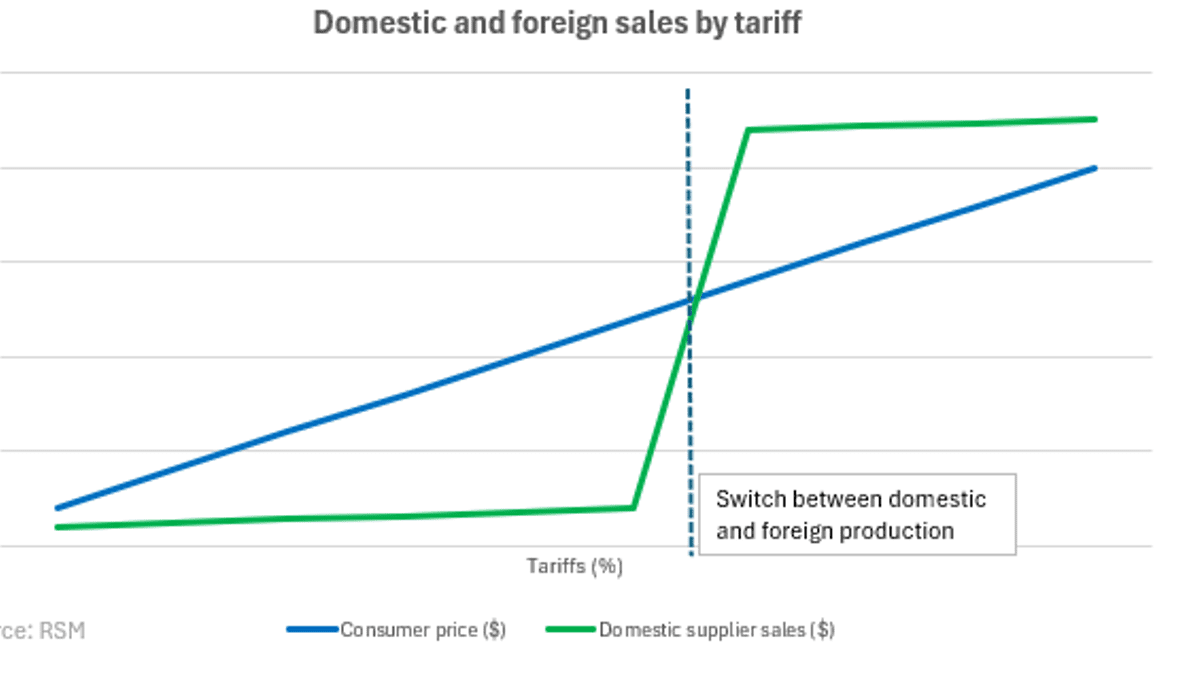
Technology companies operate in a highly competitive, disruptive sector where start-ups and small businesses compete with industry titans like Google, Microsoft, or Apple. These tech giants have seemingly bottomless R&D budgets and won’t think twice about replicating revolutionary products and services others bring to the market. Since innovation can be expensive and risky, smaller technology companies have to be smart and resourceful. The R&D Tax Credit is one resource that should be of particular interest, as it can lead to significant savings.
The R&D Tax Credit can provide dollar-for-dollar cash savings, which you can use to increase R&D spending, hire employees, expand production, and stay in line with the competition. Qualifying expenses related to improvements or developments you make to your products, processes, and software can be claimed against the federal credit. The savings go beyond the federal level, too. Most states, including Massachusetts, offer R&D tax incentives.
Determining Qualified Activities
Tech companies should use a 4-part test to determine whether an improvement or development is a Qualified Research Activity (QRA).
- Does the activity create or improve either a product or process that results in improved function, performance, reliability, quality, or cost efficiency?
- Does the activity eliminate technical uncertainty related to methodology, design, techniques, formulas, or inventions?
- Does the activity involve experimentation by way of modeling, simulation, trial and error, prototyping, and other methods?
- Does the experimentation process rely on a hard science, such as computer science, engineering, physics, biology, or chemistry?
For software development companies, activities that often qualify as QRAs include Alpha/Beta testing; developmental cloud computing activities; system software development; application and platform design and testing; functional, integration, and user interface coding; and creating new architectures and algorithms.
The IRS allows for the R&D Tax Credit to be used if you create or improve qualified internal-use software, so the benefits are not exclusive to commercial software vendors. For internal-use software to qualify, a significant economic risk must be taken to create or improve it, a software program that would suit your purpose must not already be commercially available, and it must result in measurable improvements for your business.
In 2003, legislation was passed that eliminated the “Discovery Rule” stating that research activities had to be “new to the world.” Now, innovation only has to be new to you, so don’t overlook process improvements in your day-to-day operations.
Determining Qualified Expenses
To claim the R&D Tax Credit, tech companies have to determine and track Qualified Research Expenses (QREs) related to their QRAs. Wages paid to employees performing QRAs qualify and can even include wages paid to a supervisor who directs employees performing QRAs. According to the IRS’s “Substantially All” rule, if at least 80% of an employee’s time is spent performing R&D work, 100% of his or her wages may be claimed against the credit. For tech companies, this means it’s common to apply 100% of wages paid to programmers, senior technical leads, software developers, computer scientists, database architects, and chief technology officers.
Start-ups and small businesses often have limited in-house resources and employ third-party contractors to research or develop products. As long as the contract work is performed in the U.S., you may include up to 65% of expenses paid to R&D contractors.
Supply expenses may be QREs if the supplies purchased were non-depreciable items used to perform a QRA. The expense for materials used to fabricate prototypes is commonly applied towards the credit.
Additional R&D Tax Credit Benefits
As your business is operating mid-pandemic, you may have redirected activities, efforts, or resources to handle the pandemic. Some of the changes in processes and methodologies may apply for the credit.
Start-ups with gross receipts for five years or less can offset up to $250,000 of their portion of FICA payroll taxes per year, providing they had no more than $5 million in annual gross receipts during that year.
To claim the credit for QRAs from a prior tax year, you can file an amended return. You may be able to use credits generated from prior R&D expenditures to offset future tax liability as well. In years of loss, you won’t receive an immediate cash benefit; however, credits may be rolled forward for up to 20 years.
The R&D Tax Credit isn’t limited to the tech industry. The credit can apply to any industry, from manufacturing and construction to farming and apparel.
Contact LGA
LGA’s business tax team provides comprehensive tax planning, compliance, and advisory services. My team can work with your tech company to implement tax-efficient strategies based on your unique challenges and opportunities. To find out how your company can benefit from the R&D Tax Credit, contact me today.






